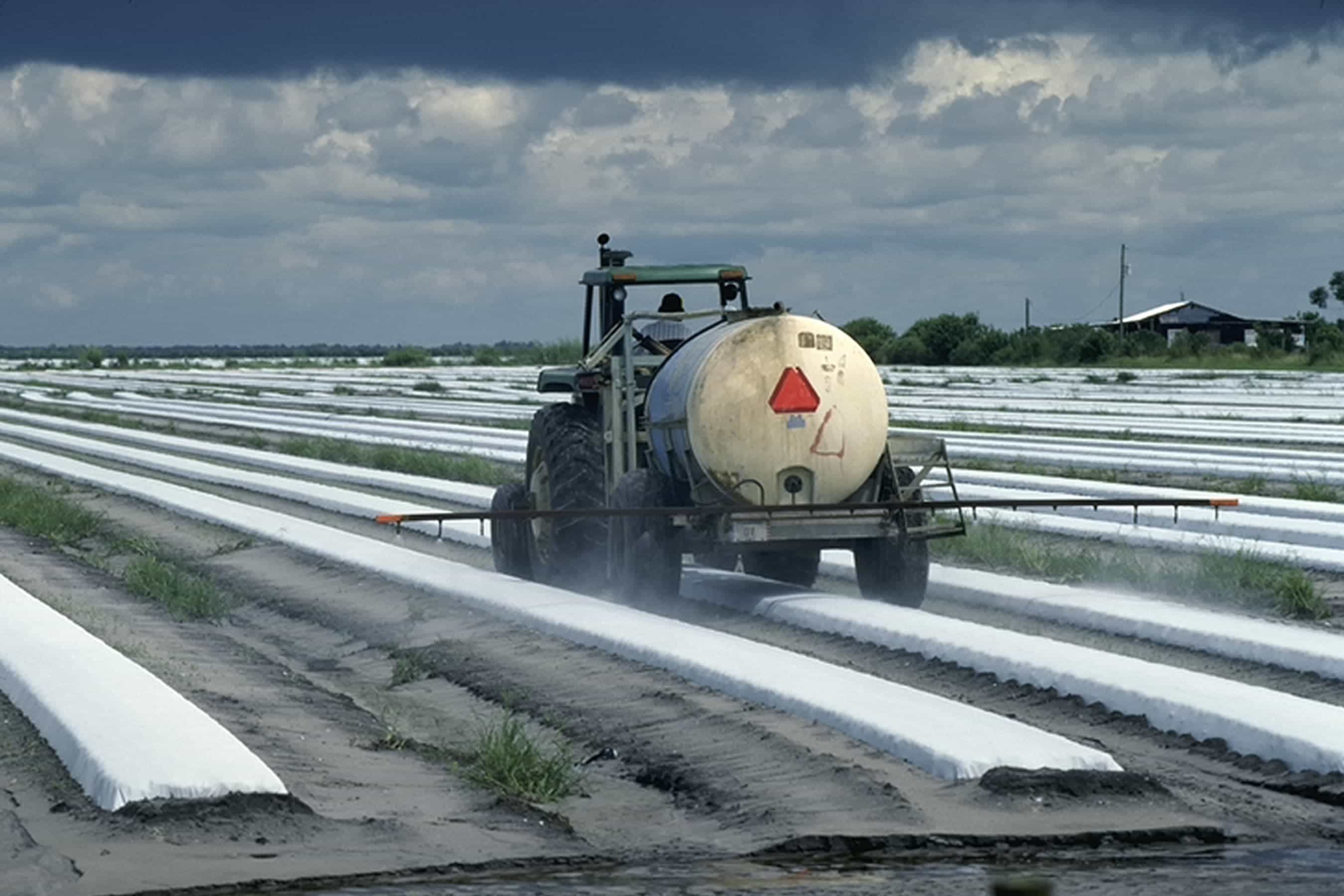Litigation Guides
An Attorney’s Guide to Paraquat Toxicities
Paraquat is one of the most commonly used chemical herbicides in the United States. First brought to market in 1962, Paraquat is favored in commercial agricultural settings. The chemical effectively kills weeds while leaving the desired crop unharmed. Paraquat is also highly toxic and licensing is required to use the product. It’s so closely regulated because ingestion or inhalation of Paraquat causes toxic chemical reactions in the body. But more recently, researchers have uncovered a link between Paraquat exposure and Parkinson’s disease. This discovery has sparked at least 20 lawsuits against Paraquat manufacturers. Given the chemical’s toxicity and links to serious disease, additional legal action is certainly forthcoming. For attorneys taking on Paraquat poisoning cases, here’s what you need to know.
Written By
Wendy Ketner, M.D.
Medically Reviewed
What is Paraquat?
Paraquat dichloride is a chemical herbicide. It’s highly effective in eliminating weeds that are resistant to glyphosate—an active ingredient in competitor, Roundup. Paraquat is also categorized as a Restricted Use Pesticide (RUP). The EPA regulates its distribution. Further, Paraquat purchasers must register with the Agency. Paraquat is also prohibited in residential areas. As such, it’s popularly used for commercial agriculture.

Paraquat Usage
Paraquat has been on the market for nearly 60 years. It’s used on more than 100 crops, including some household staples such as corn, soybeans, peanuts, almonds, garlic, pears, strawberries, grapes, artichokes, and sweet potatoes. Paraquat is also popular outside the U.S. and is employed in more than 120 countries. However, the herbicide has also been banned in 32 countries, including within the European Union.
Understand how Paraquat exposure impacted your client
Paraquat Poisoning
Paraquat has been on the market for nearly 60 years. It’s used on more than 100 crops, including some household staples such as corn, soybeans, peanuts, almonds, garlic, pears, strawberries, grapes, artichokes, and sweet potatoes. Paraquat is also popular outside the U.S. and is employed in more than 120 countries. However, the herbicide has also been banned in 32 countries, including within the European Union.
Paraquat Links to Parkinson’s Disease
In recent years, research has found causal links between Paraquat exposure and Parkinson’s disease. Several studies have uncovered a higher rate of Parkinson’s disease later in life for former Paraquat users. It’s believed the cellular damage caused by Paraquat puts individuals at greater risk of developing Parkinson’s. Studies have also shown that elevated Parkinson’s diagnoses are not limited to agricultural occupations. This discovery broadens the potential reach of exposure—and possibilities for Paraquat litigation.
About the author
Wendy Ketner, M.D.
Dr. Wendy Ketner is a distinguished medical professional with a comprehensive background in surgery and medical research. Currently serving as the Senior Vice President of Medical Affairs at the Expert Institute, she plays a pivotal role in overseeing the organization's most important client relationships. Dr. Ketner's extensive surgical training was completed at Mount Sinai Beth Israel, where she gained hands-on experience in various general surgery procedures, including hernia repairs, cholecystectomies, appendectomies, mastectomies for breast cancer, breast reconstruction, surgical oncology, vascular surgery, and colorectal surgery. She also provided care in the surgical intensive care unit.
Her research interests have focused on post-mastectomy reconstruction and the surgical treatment of gastric cancer, including co-authoring a textbook chapter on the subject. Additionally, she has contributed to research on the percutaneous delivery of stem cells following myocardial infarction.
Dr. Ketner's educational background includes a Bachelor's degree from Yale University in Latin American Studies and a Doctor of Medicine (M.D.) from SUNY Downstate College of Medicine. Moreover, she is a member of the Board of Advisors for Opollo Technologies, a fintech healthcare AI company, contributing her medical expertise to enhance healthcare technology solutions. Her role at Expert Institute involves leveraging her medical knowledge to provide insights into legal cases, underscoring her unique blend of medical and legal acumen.
Subscribe to our newsletter
Join our newsletter to stay up to date on legal news, insights and product updates from Expert Institute.
Request a Toxicology Expert Witness
We're here to help you build a stronger case. Retain a leading expert witness today.
- Access tailored expertise on every case
- Trust your expert immediately
- Speak with your expert before retaining
Need your medical records reviewed? Consult one of our 75+ on-staff physicians who can help evaluate the strengths and weaknesses of your case.




